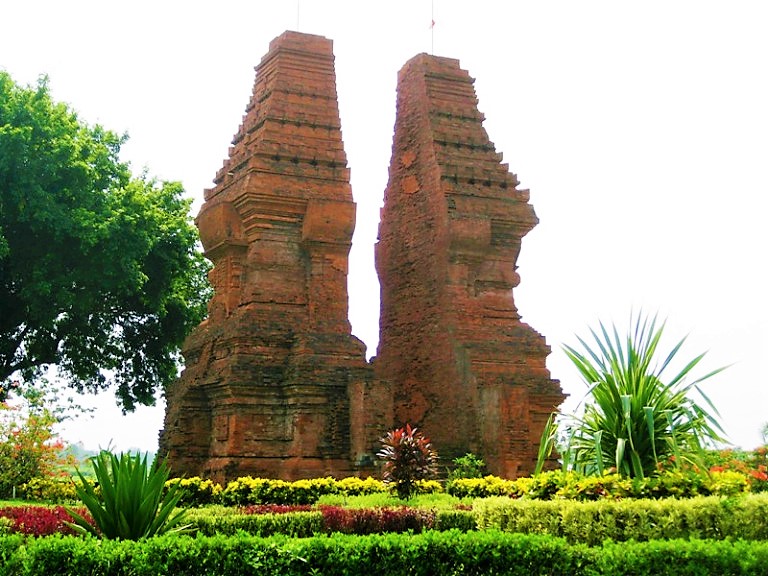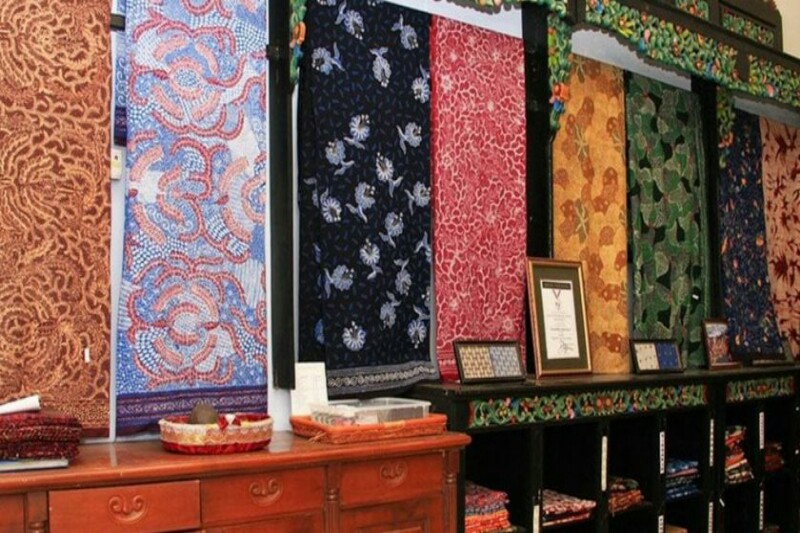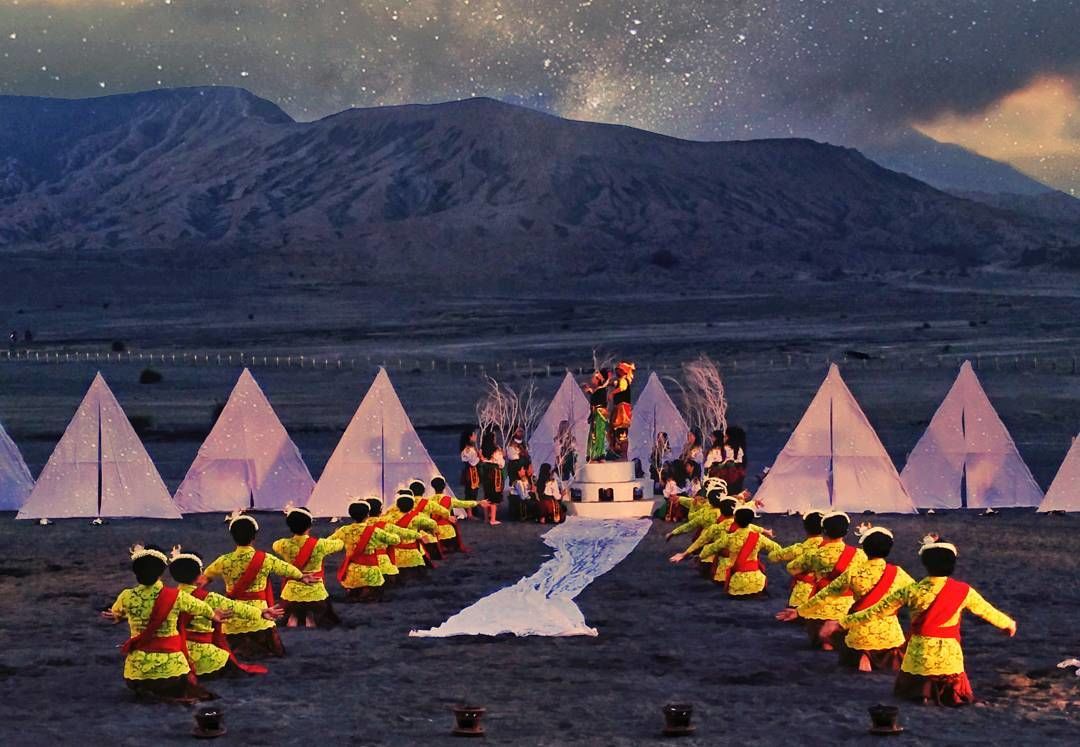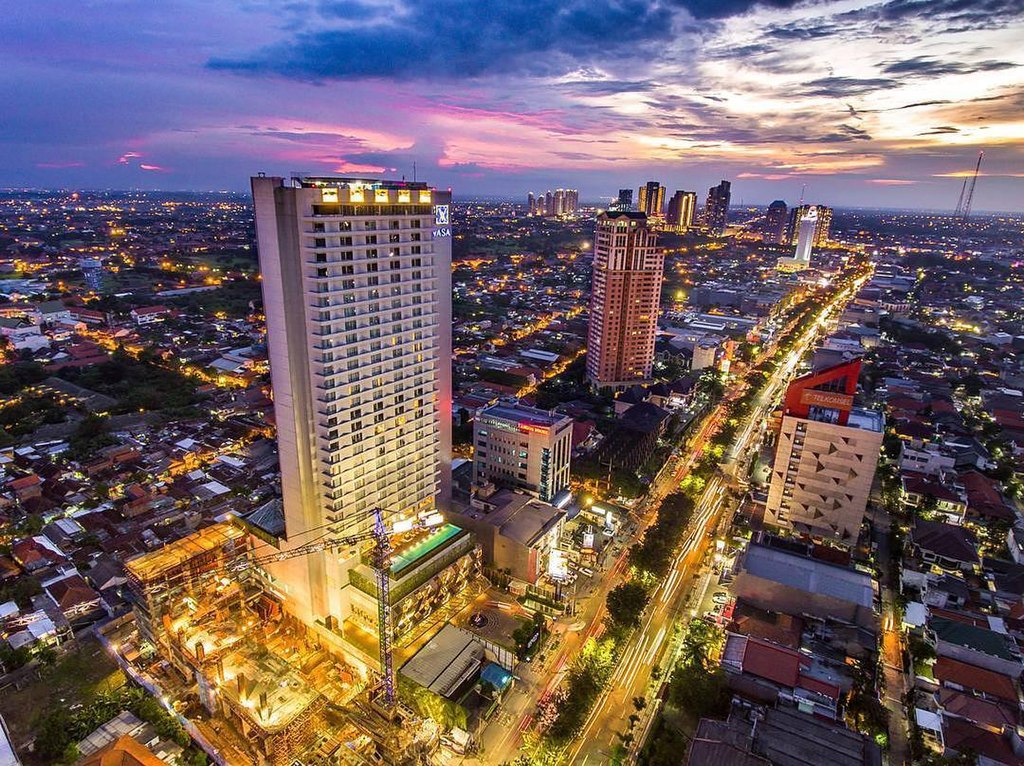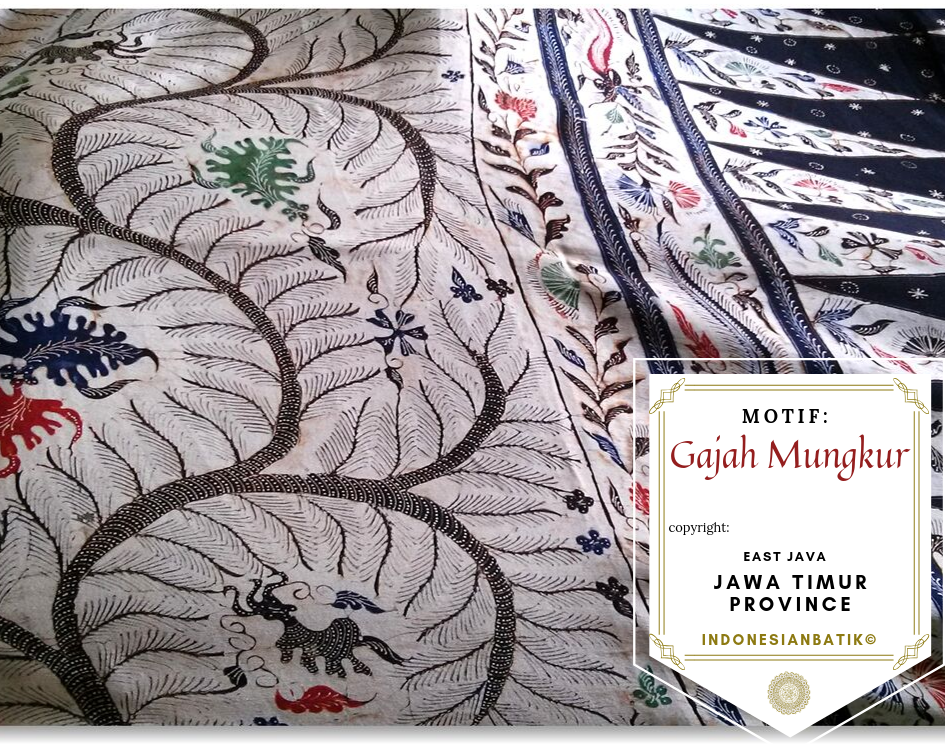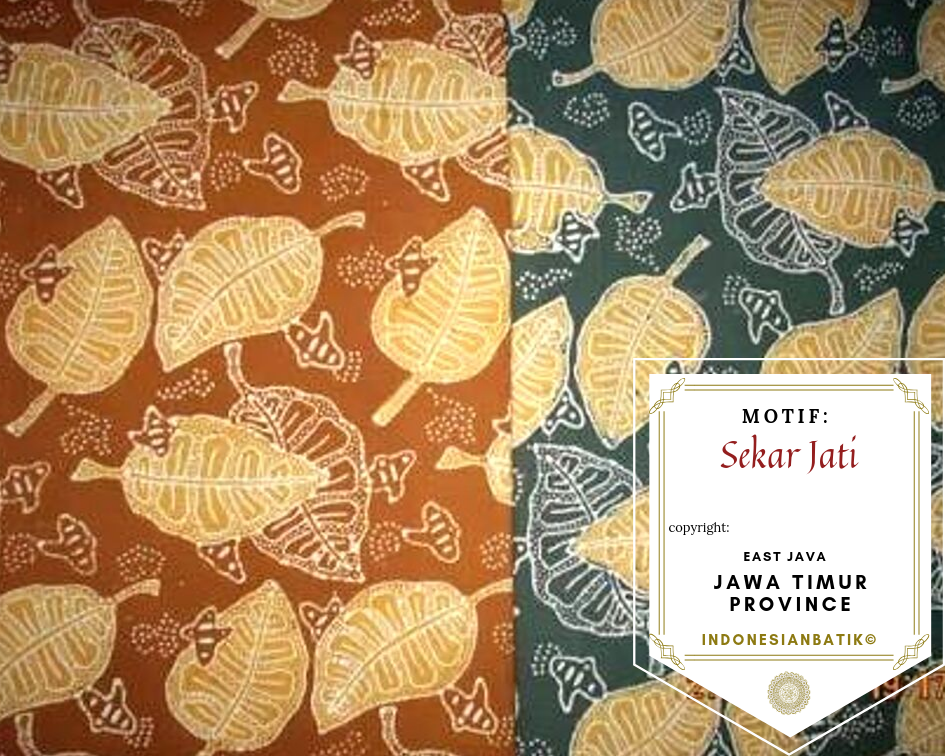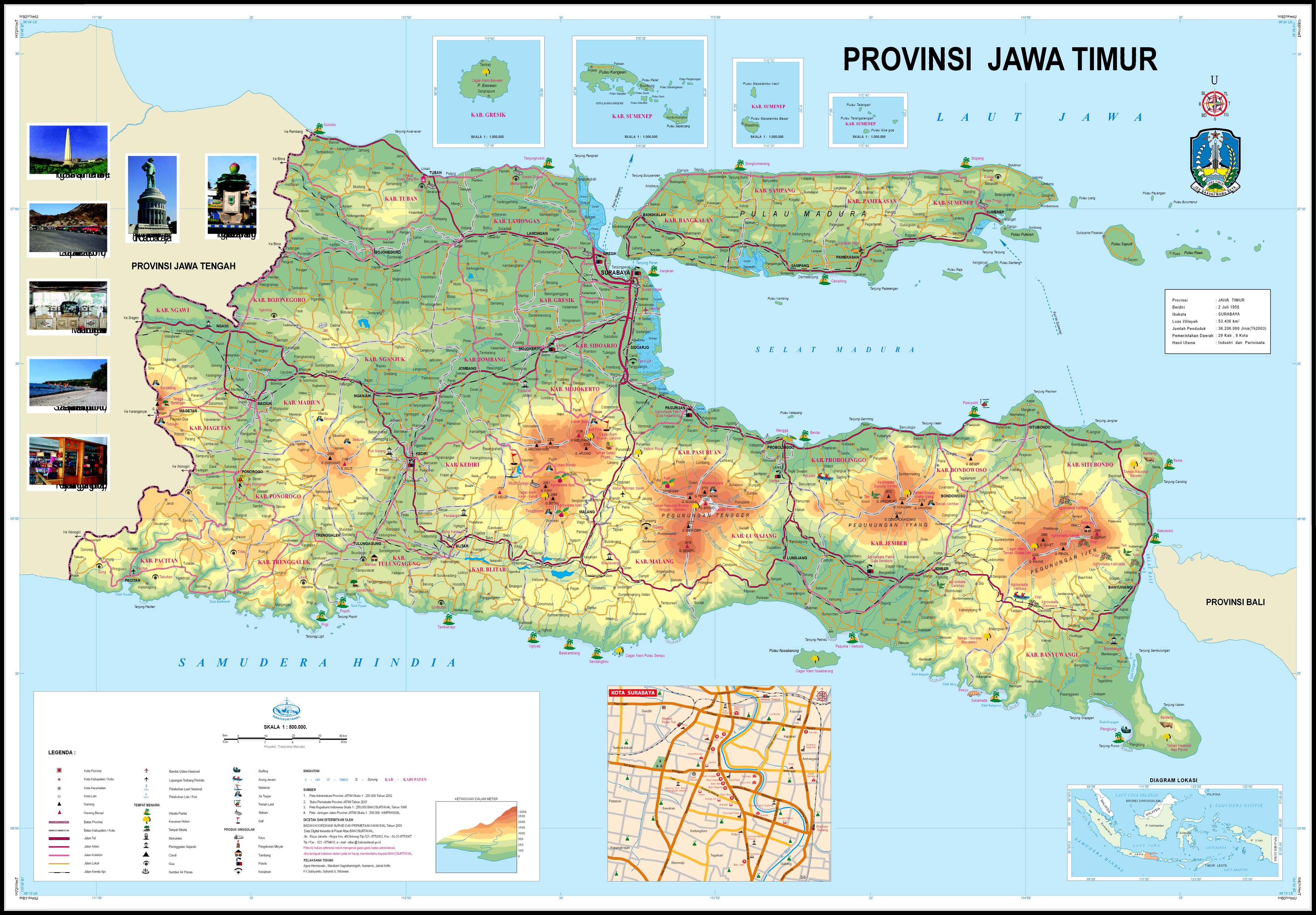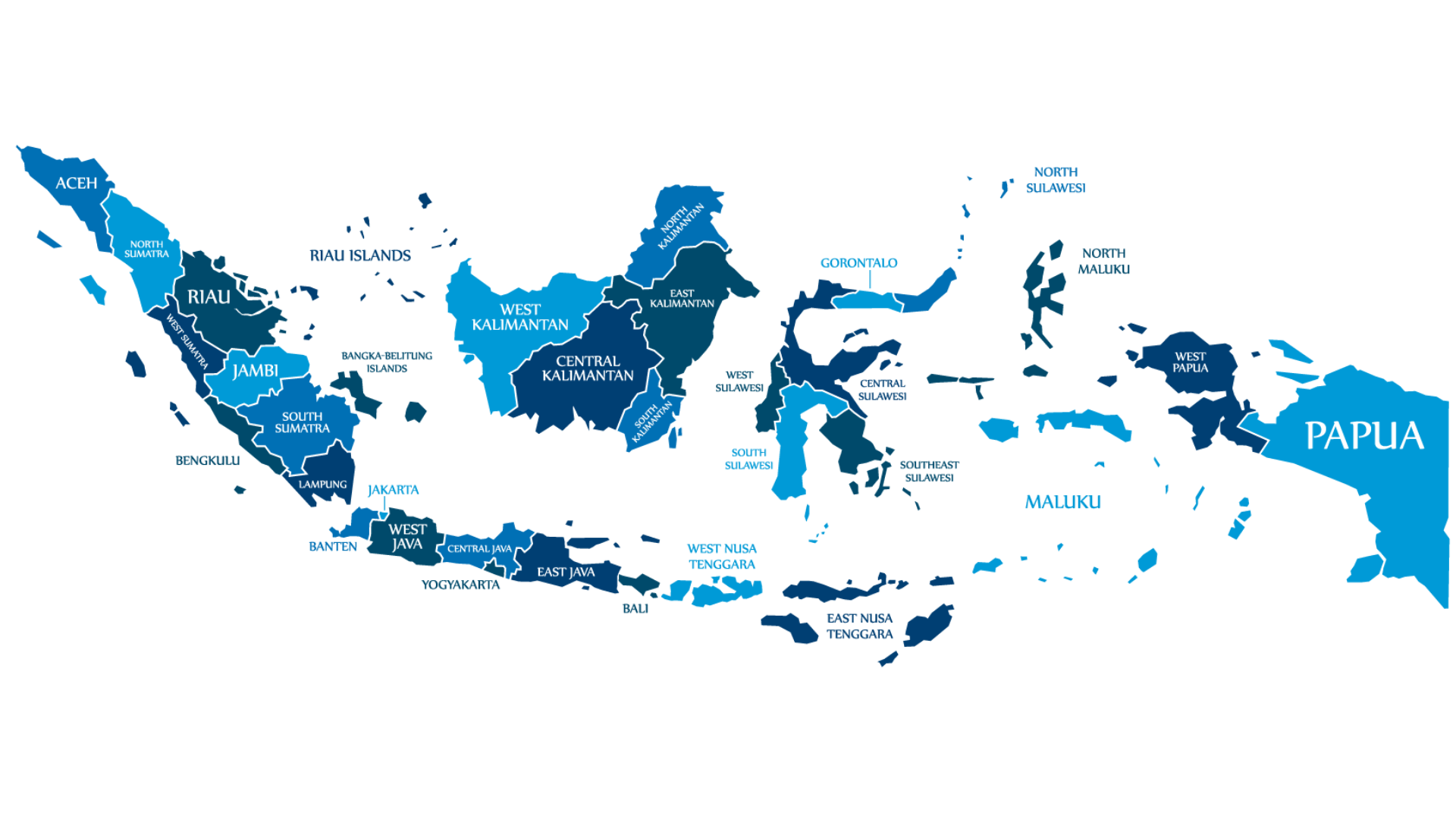Home / Batik Regions – Western Indonesia – Java Island – East Java
Facts of the region
Discover Batik in East Java
The variety of Batik motifs in East Java (photo: Trend Kebaya)
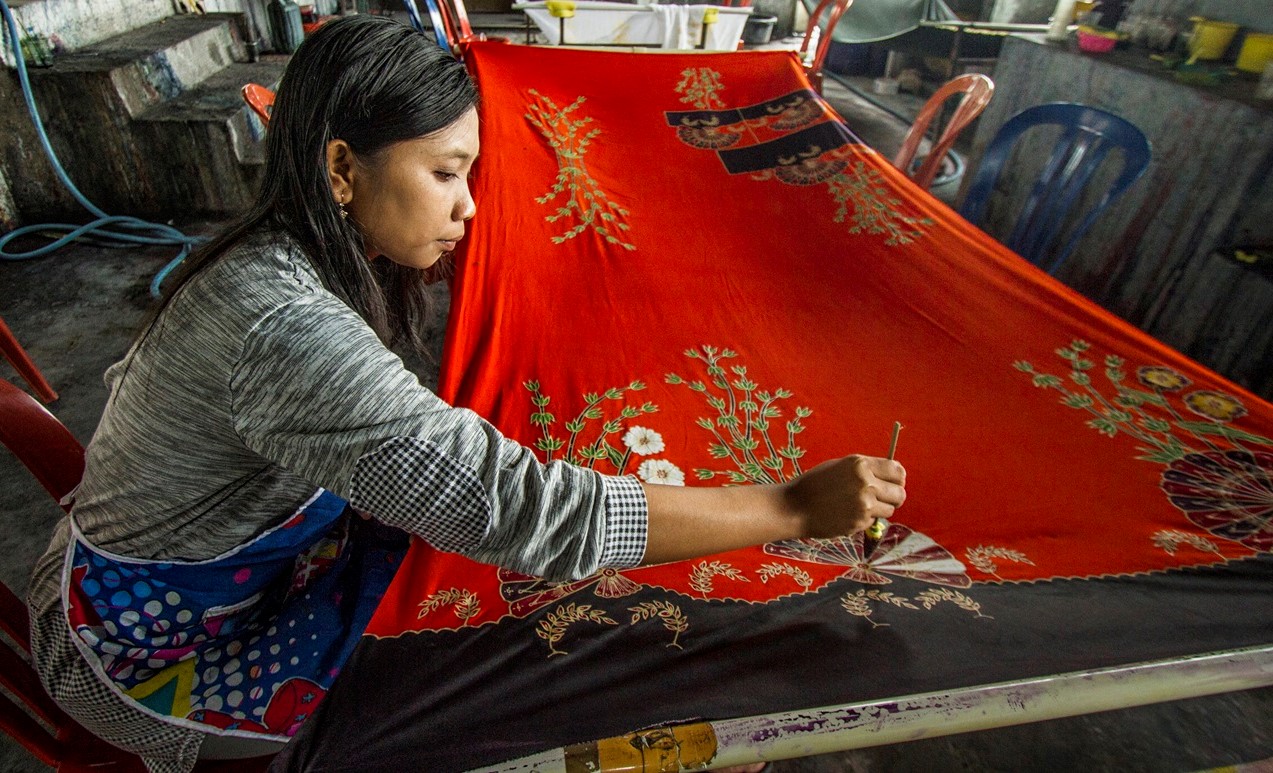
A batik artisan in Magetan draws the Sidomukti motif. This motif symbolizes great social harmony and cooperation that leads to a better future. (photo: Pesona Indonesia)
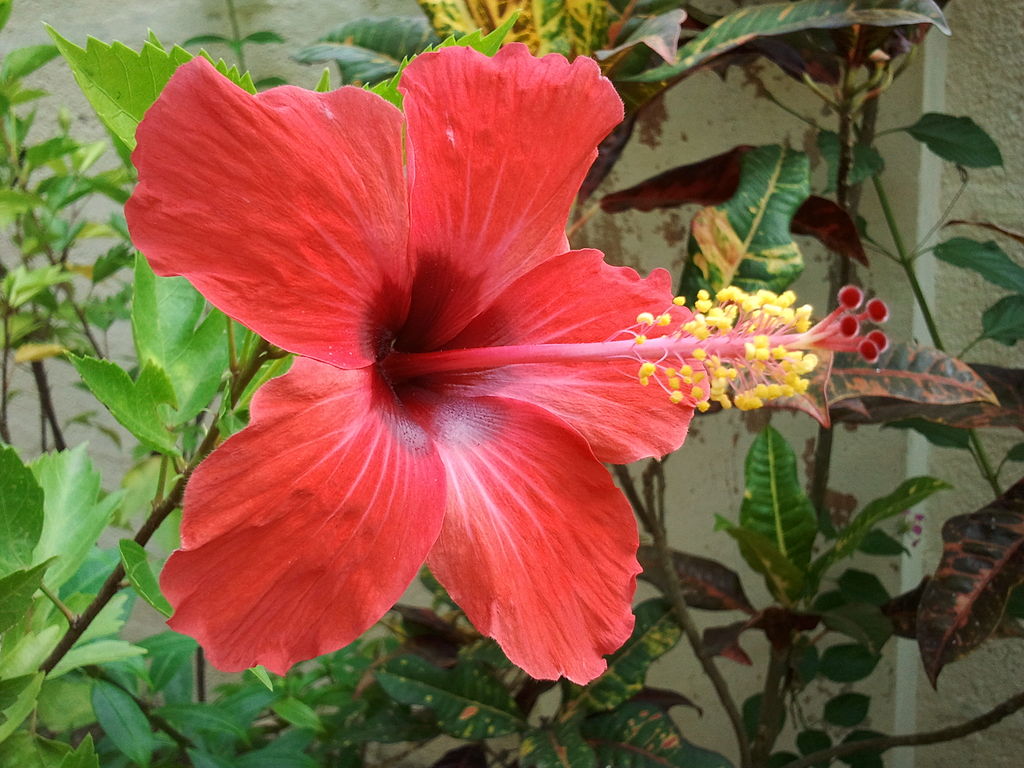
Bunga sepatu or hibiscus blossom (Hibiscus Rosa-Sinensis) is a common batik motif inspiration in East Java. (photo: Rojypala, Wikipedia)
The Elegance of the Majapahit Royal Heritage
Batik in East Java is strongly influenced by its history and culture. The unique motif and colors represent the icon of each city or regency. For instance, batik in Malang Regency uses the lion as its icon. The motif is called “Cerabut Rambut Singa” or “Uprooted Lion’s Mane”. Meanwhile, the typical batik textiles in Sidoarjo city mostly represent fish and shrimp as a celebration of its rich marine products.
Socio cultural aspects of Batik in East Java
Most batik motifs in East Java were created as a reflection of nature and ordinary things in the life of people in rural areas. As a living art form, batik motifs also symbolize the freedom of expression. Many motifs mix local natural ideas with foreign motifs gained through trade. For example, the batik of Tuban represents the cultural assimilation of three cultures, namely Javanese, Islam, and Chinese. They exude a thick nuance of the countryside, as the coloring process is done with natural ingredients found in local farms. Meanwhile, Maduranese batik is famous for their bold lines and bright colors.
History of Batik in East Java
Batik originated from Central Java and spreads across the Indonesian archipelago across centuries. Batik making in East Java is known since the Majapahit Kingdom period in the 13th-15th Century. During the transitional period from Hindu Majapahit to Islamic power, batik asserted itself as a commercial commodity until early 20th century. Regions such as Madura island and Tuban still maintain ancient batik-making traditions. Among these is Tanjung Bumi batik of Madura, one of the oldest and rarest types of batik with traditions preserved since the 13th Century. At present, almost all areas in East Java have small-medium batik enterprises and batik villages.
Batik Motifs in East Java
Batik Villages in East Java
local batik workshop
Batik villages are the region where the Batik producers mostly reside. You could buy the Batik textiles from the artisans and participate in the making process of Batik on the site.
East JavA
Visual Journey
in 1 Minute
Batik Production in East Java
Batik Fashion Show in East Java
The Land of Majapahit Empire
East JavA
The Trace of Majapahit Empire in Trowulan Site (photo: Kabar Mojokerto)
About East Java
East Java people have unique and rich culture and wisdom. In addition to the wealth of traditional textile traditions such as batik and weaving, East Java has various festivals and performances unique to each tribe. Examples include the cattle race festival on Madura Island, the Barong Dance Reog Ponorogo show, and the Kasada Tengger Tribe Ceremony on Mount Bromo.
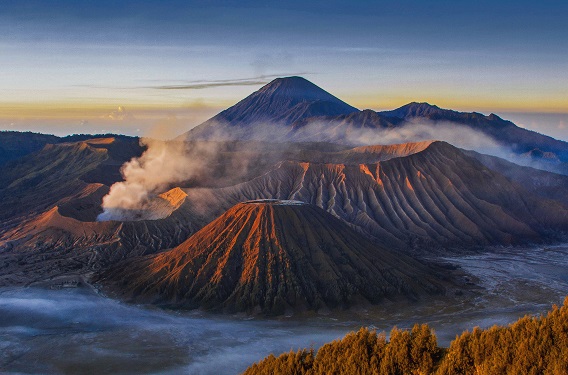
Facts about East Java
East Java Province is a province in the eastern part of Java Island. The capital of East Java is Surabaya. Its area is 47,922 km², with a population of 39.29 million (2017). East Java has the second largest population in Indonesia after West Java. East Java is bordered by the Java Sea to the north, the Bali Strait to the east, the Indian Ocean to the south, and Central Java Province to the west. The East Java region also includes Madura Island, Bawean Island, Kangean Island and some smaller islands in the Java Sea and the Indian Ocean.
East Java is known for its wonderful natural landscape of Bromo mountains. Bromo mountain is part of National Park with distinctive biodiversity and cultural landscape (Photo : Pesona Indonesia)
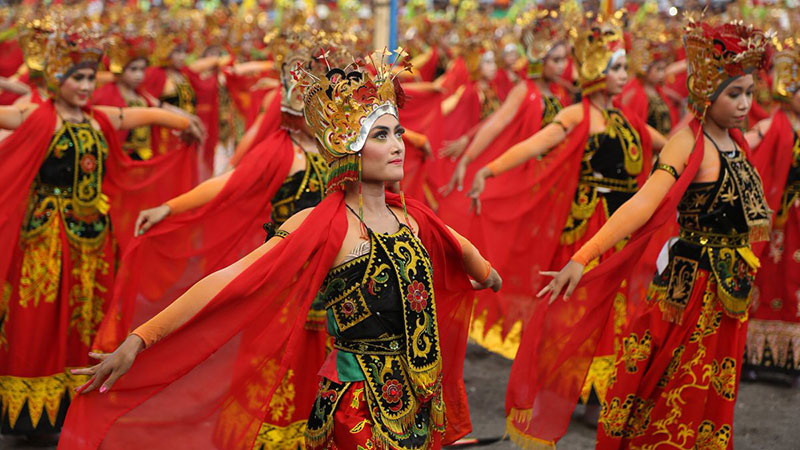
Highlights on Culture
In the 10th century, East Java was originally a territory of the Ancient Mataram Kingdom in Central Java. This region gained momentum as a center of power for various kingdoms, such as Medang (937 – 1017), Daha-Janggala (1080-1222), Singasari (1222-1292) and Majapahit empire (1293 -1527), which was one of the biggest empires in Southeast Asia.
One of the well-known traditional dances is Gandhrung Dance from Banyuwangi regency. It is performed during the celebration of Harvest festival. (Photo: Blogku).
Tourist Attractions in East Java
